Clown Goby, Citrinis
$39.99
-
Select Variant
The Citrinis Clown Goby, also called the Citron as well as the Citrin Goby, is common in the Coral Sea reefs of Sri Lanka. They typically live in coral colonies that are hard and soft. They are tiny yellow fish, with blue vertical lines surrounding the eyes and gills and have a horizontal blue line on their dorsal fin. The body color of the fish can range between light brown and dark yellow. They are peaceful fish that are a great addition to any reef aquarium that has colonies of polyp corals and other soft corals as they love swimming and hiding in the polyps.
This Citrinis Clown Goby feeds off the mucous sp. that make up Acropora sp. in the wild. It is considered reef safe, however, it can nip at the bases of the polyps of Acropora sp. and perhaps other SPS corals. If the SPS dominant aquarium isn't overly stocked with established colonies, these fish could seriously harm Acropora sp.
It requires a 10-gallon or larger aquarium. It prefers branching corals. They are often found resting on them for long periods of time. It is not likely to become hostile to other fish, but it will be a bit feisty with its own kind in smaller tanks. It is recommended to be kept in a tank with other species that are docile.
It is normal for clown gobies to spawn in aquariums. Be cautious when the aquarium is home to Acropora Sp. and like SPS corals. They lay eggs on the surface of the coral's branch that can cause tissue loss within that region of coral.
The Citrinis Clown Goby's meal must comprise a range of brine shrimp, frozen mysis shrimp, table shrimp, and frozen foods for carnivores.
Approximate Purchase Size: Small: 1/2" to 3/4"; Medium: 3/4" to 1-1/4" ; Large: 1-1/4" to 2"
- Description
- Additional Information
- Reviews
General information regarding Citrinis Clown Goby
The Citrinis Clown Goby is found in the coral reefs that are located in Sri Lanka and the Coral Sea. They usually live in coral colonies that are hard and soft. They are tiny yellow fish that have blue vertical lines surrounding the eyes and the gills and an elongated blue horizontal line that runs along their dorsal fin. The body color of the fish can vary between dark brown and yellow. They are a calm fish that can be a fantastic accessory to a reef aquarium that has colonies of polyp corals and soft corals because they love swimming around and hiding in the polyps. They eat the mucous-filled polyps of Acropora sp. in the wild. It is considered safe for reefs, however, it may nibble at the bases or polyps of Acropora sp or similar SPS corals. If the SPS dominant aquarium isn't heavily stocked with very mature colonies, these fish may cause severe damage to Acropora sp. They are often found lying on corals for hours. It is not likely to become hostile to other fish, however, it will fight its own species within smaller aquariums. It is recommended that it be kept in a tank with other species that are gentle. It is not uncommon for clown gobies to reproduce in aquariums. Be cautious when the aquarium is home to Acropora Sp. and related SPS corals. They lay eggs on the bottom of the coral's branch that can cause tissue loss within the area in the coral.
size
Large, Medium, Small
Units
1
Weight
6 lbs
Dimensions
1 × 1 × 1 in

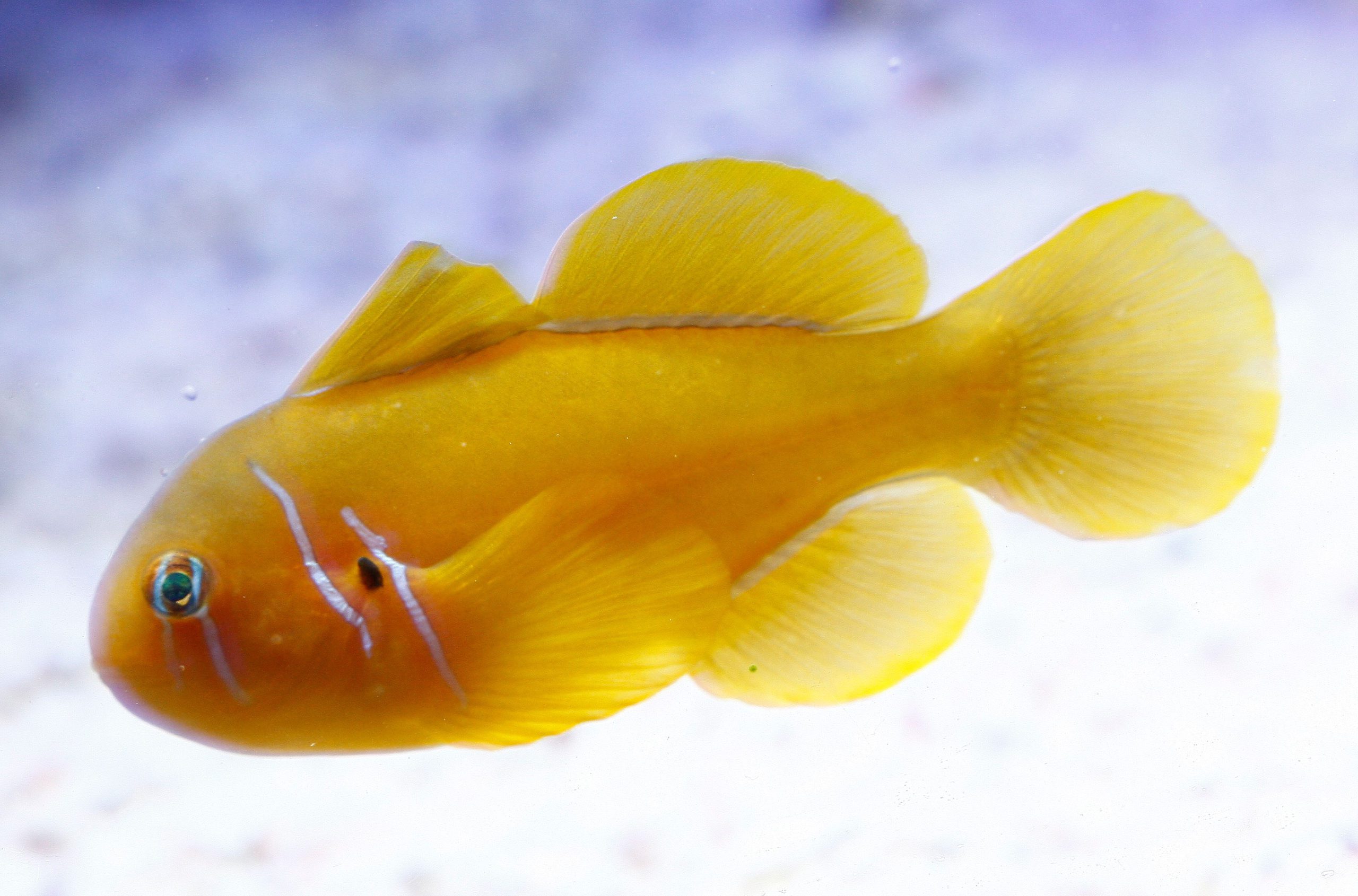
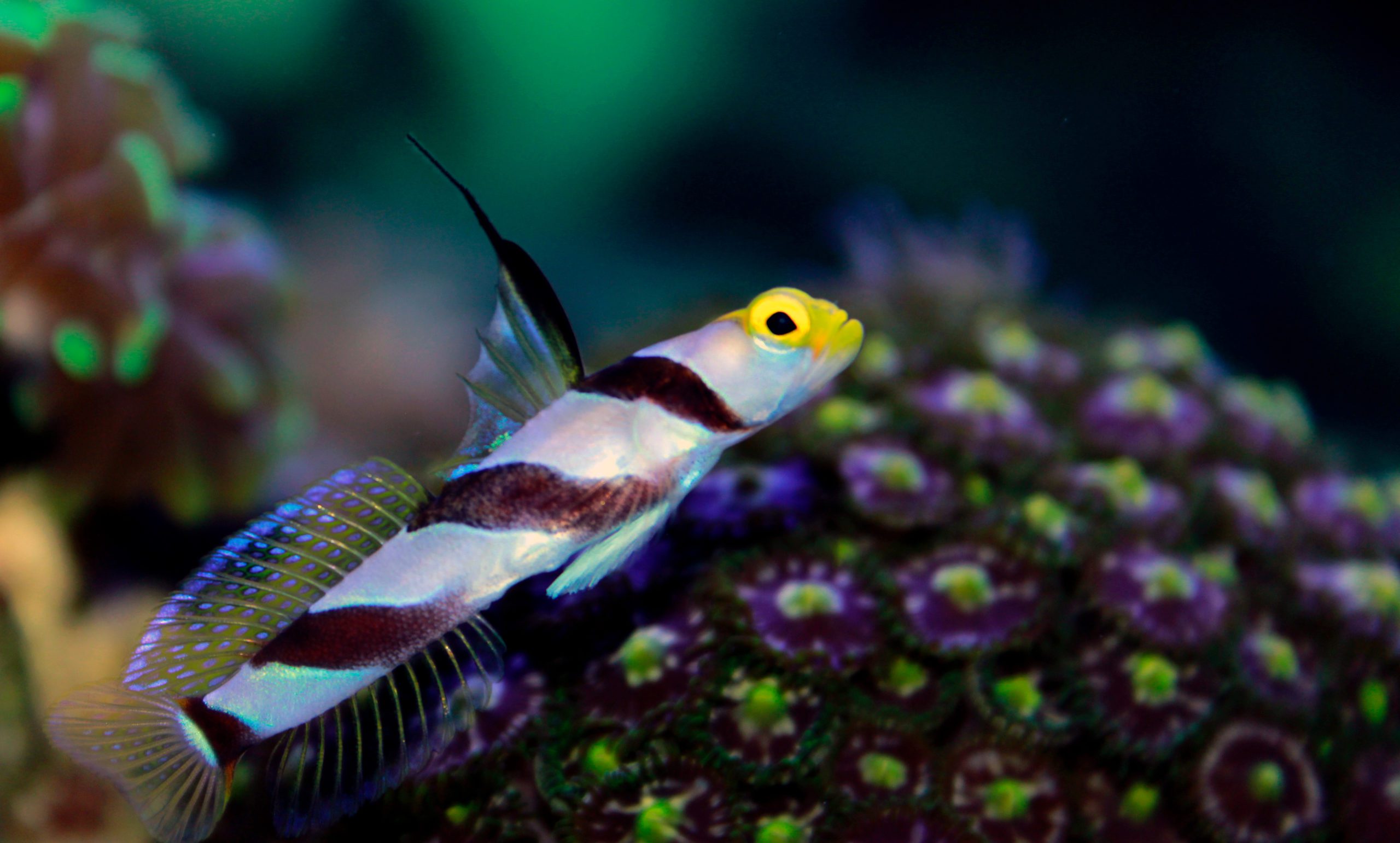
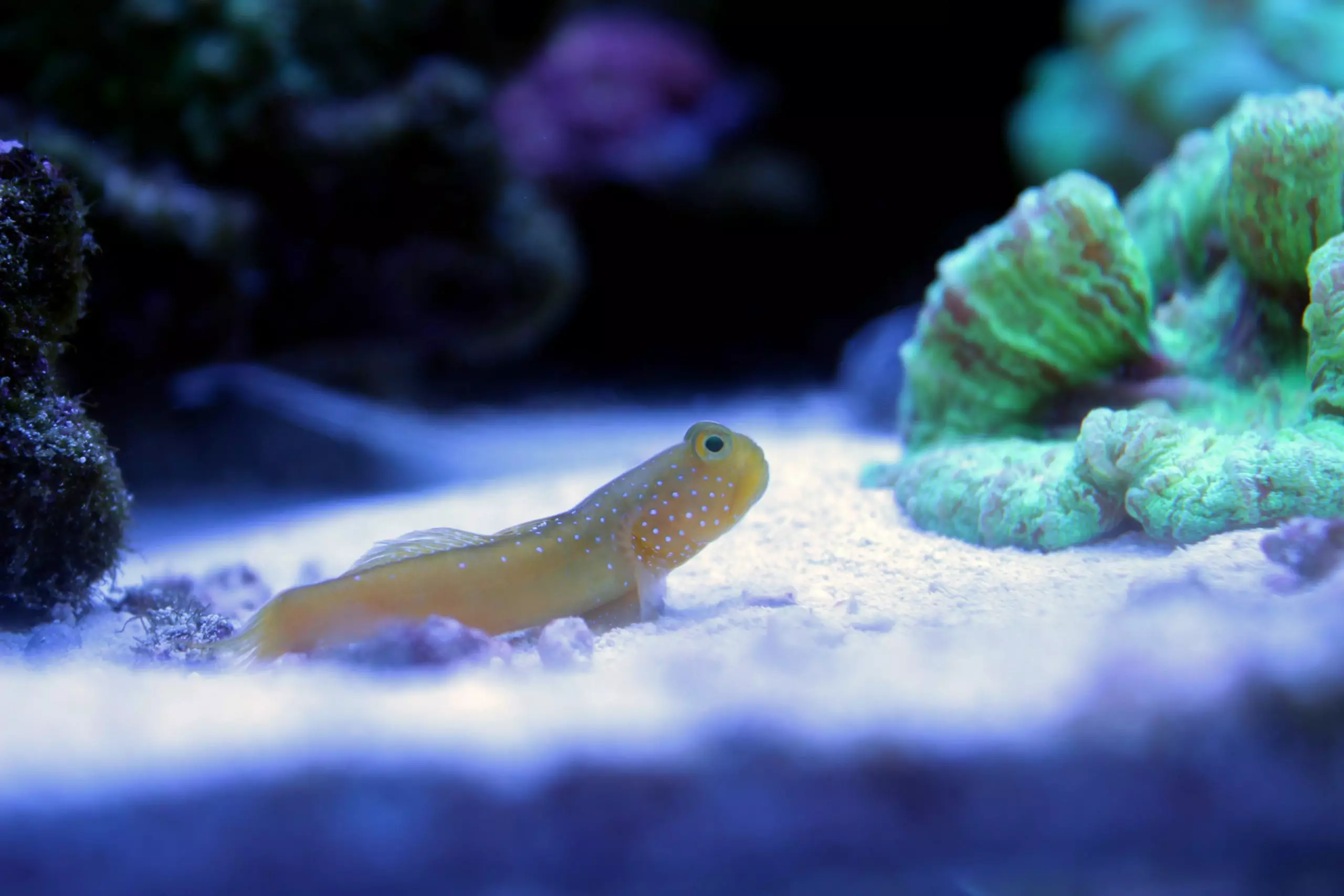




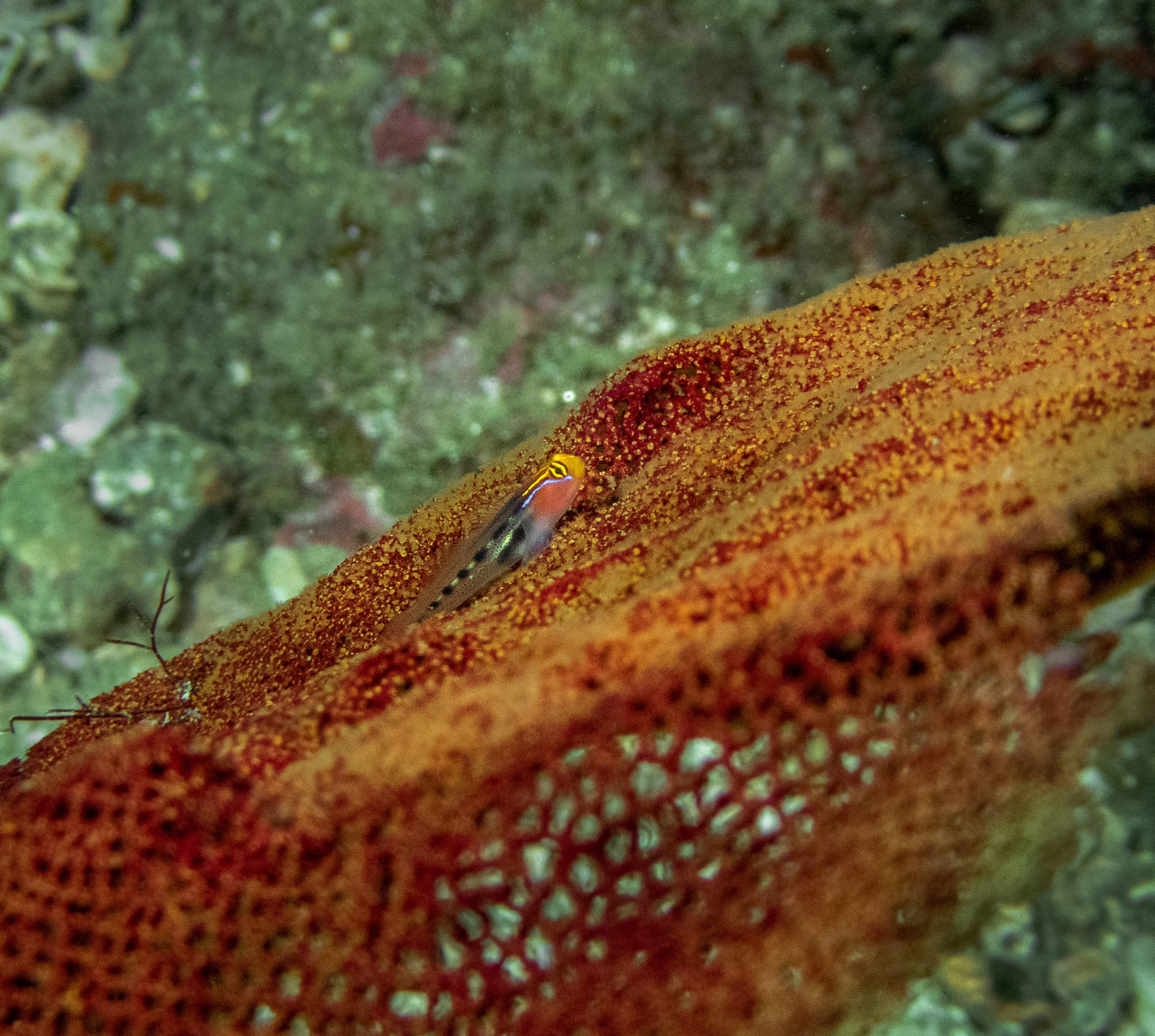
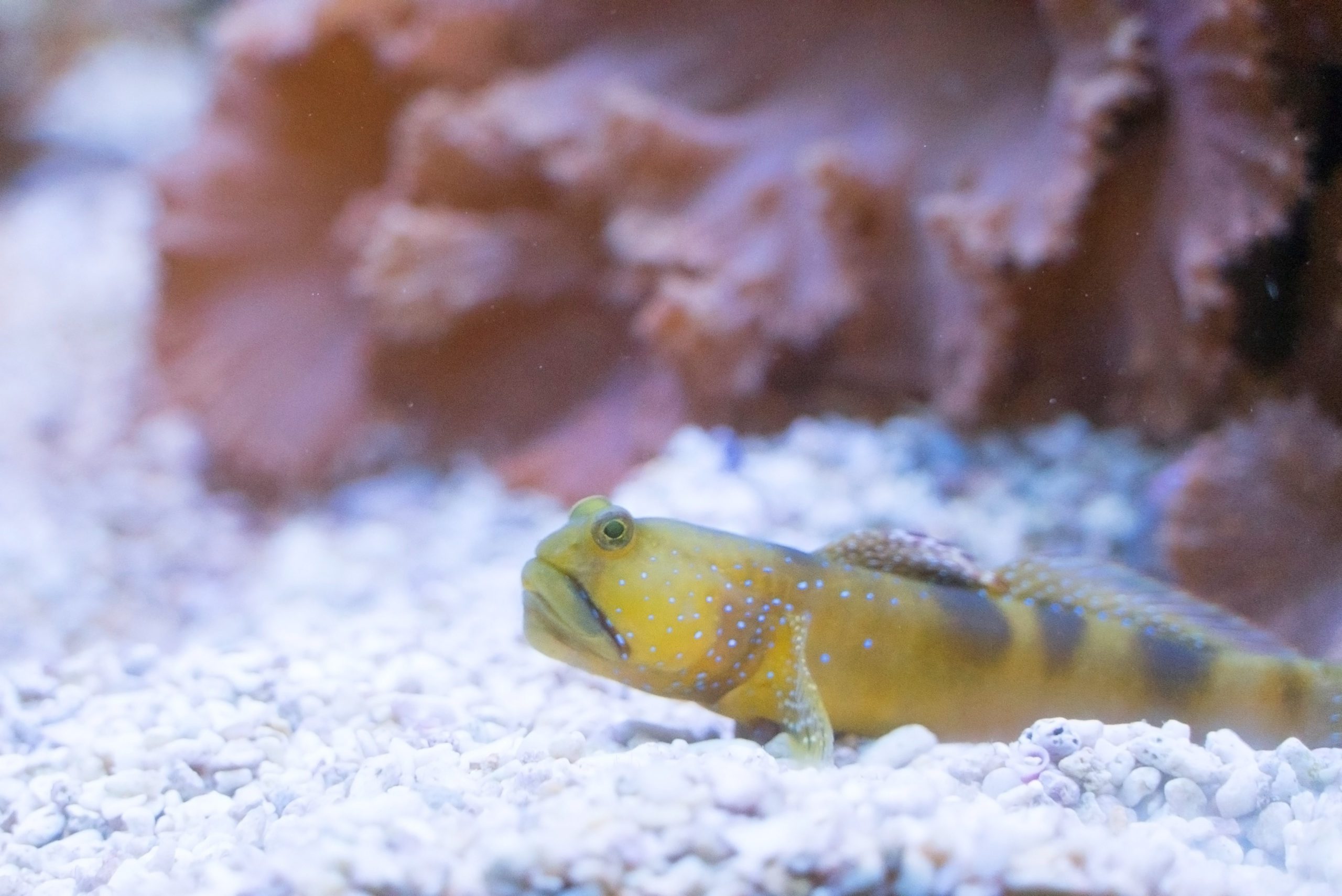

Reviews
There are no reviews yet.